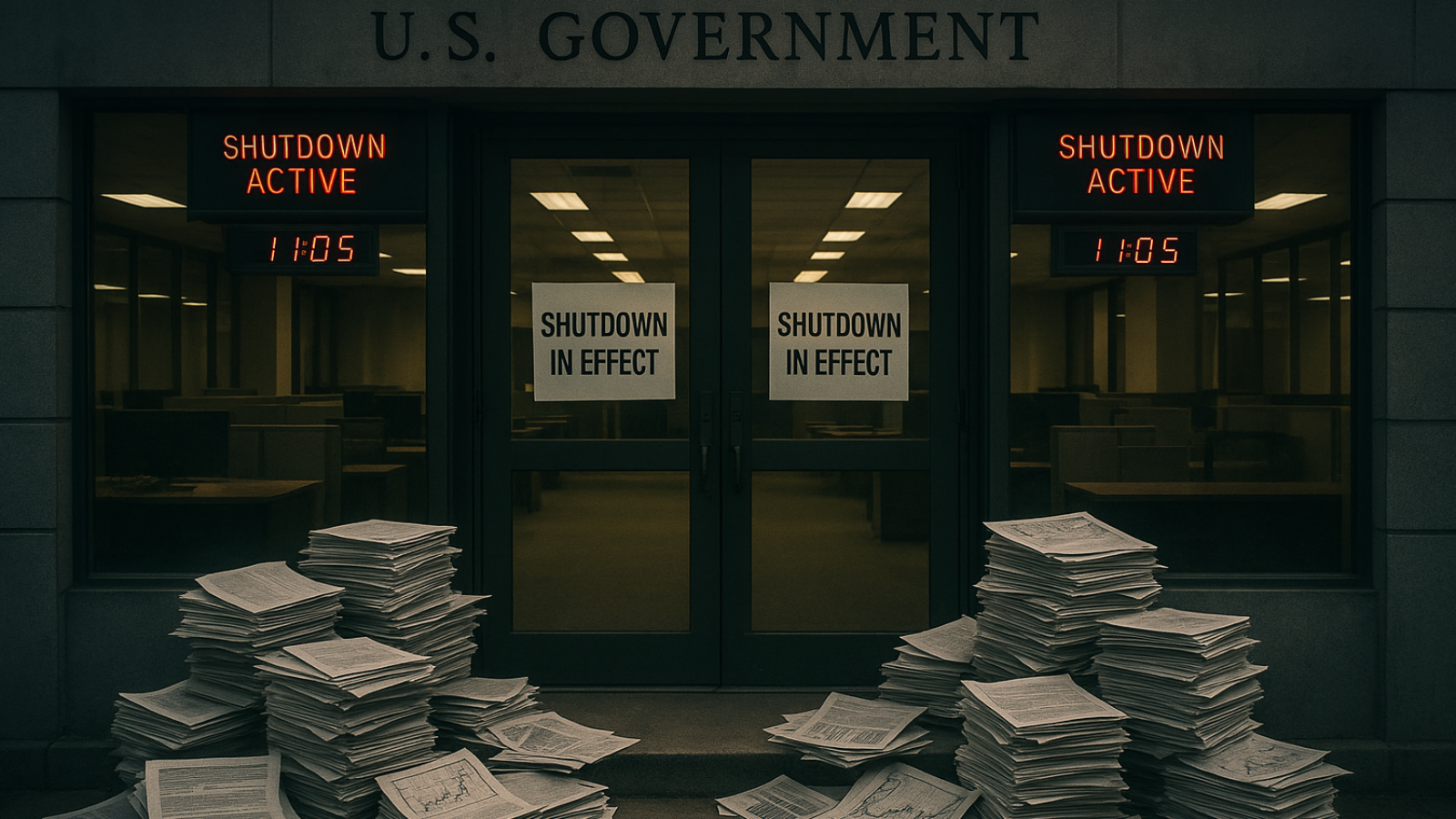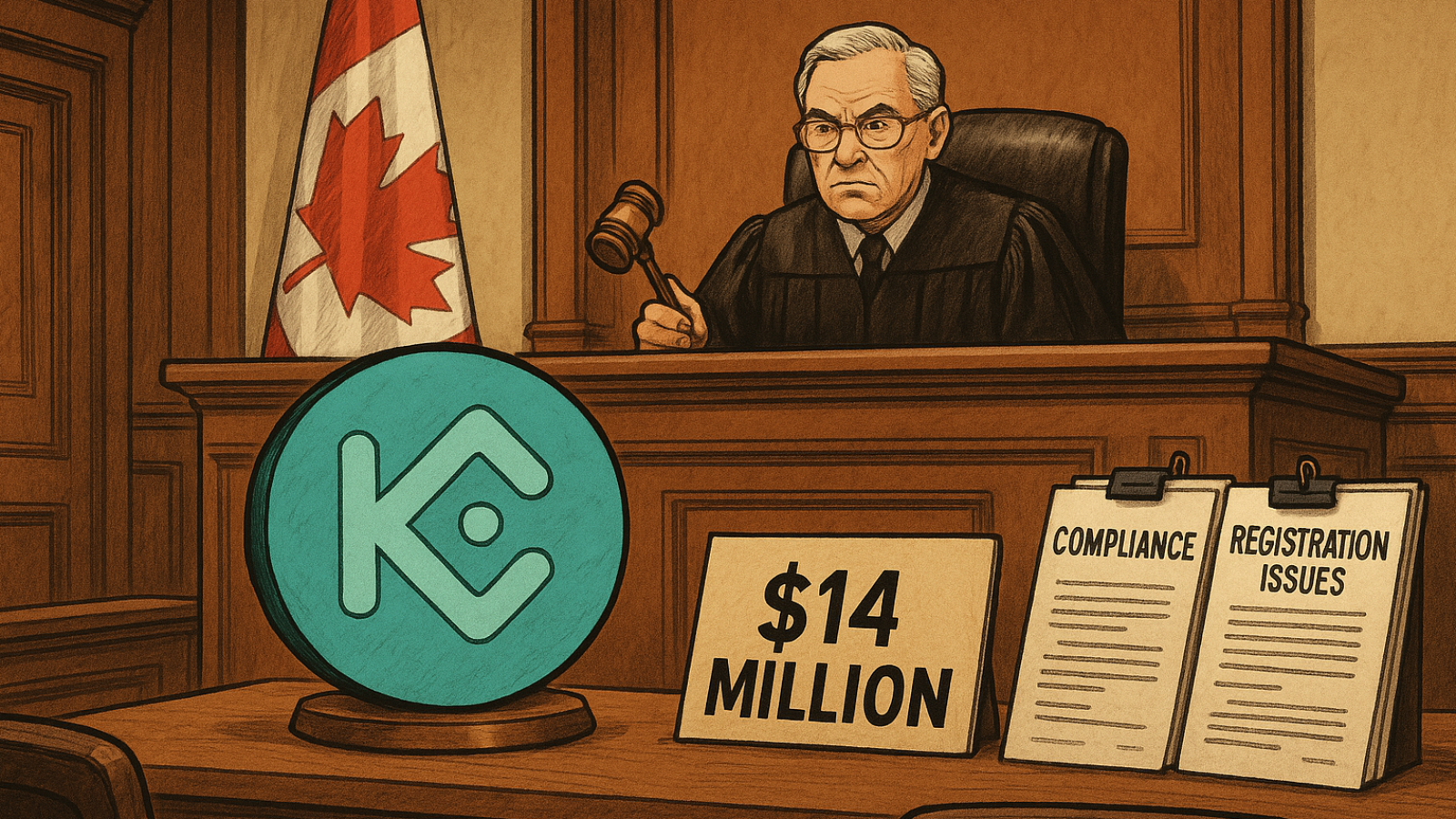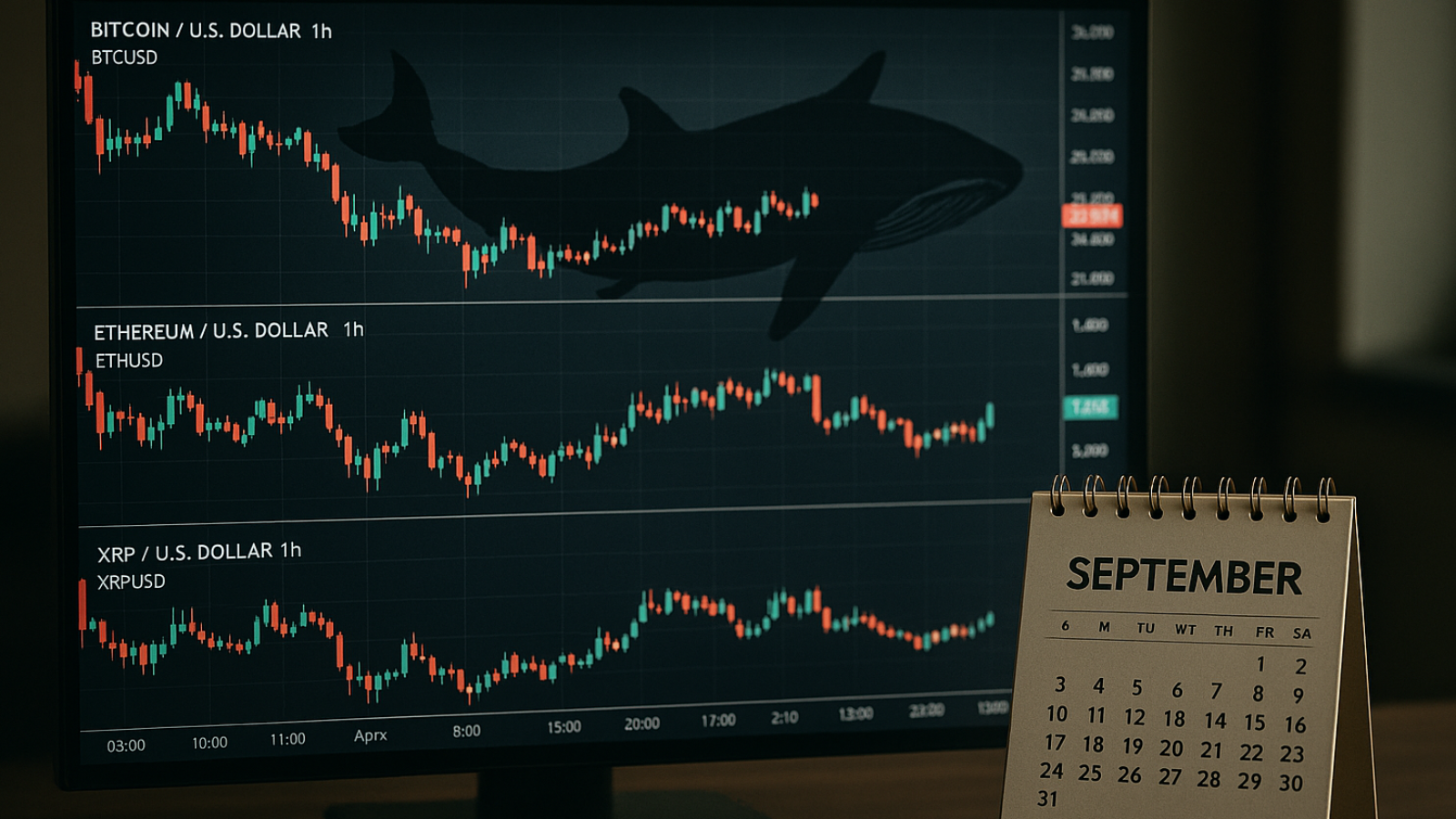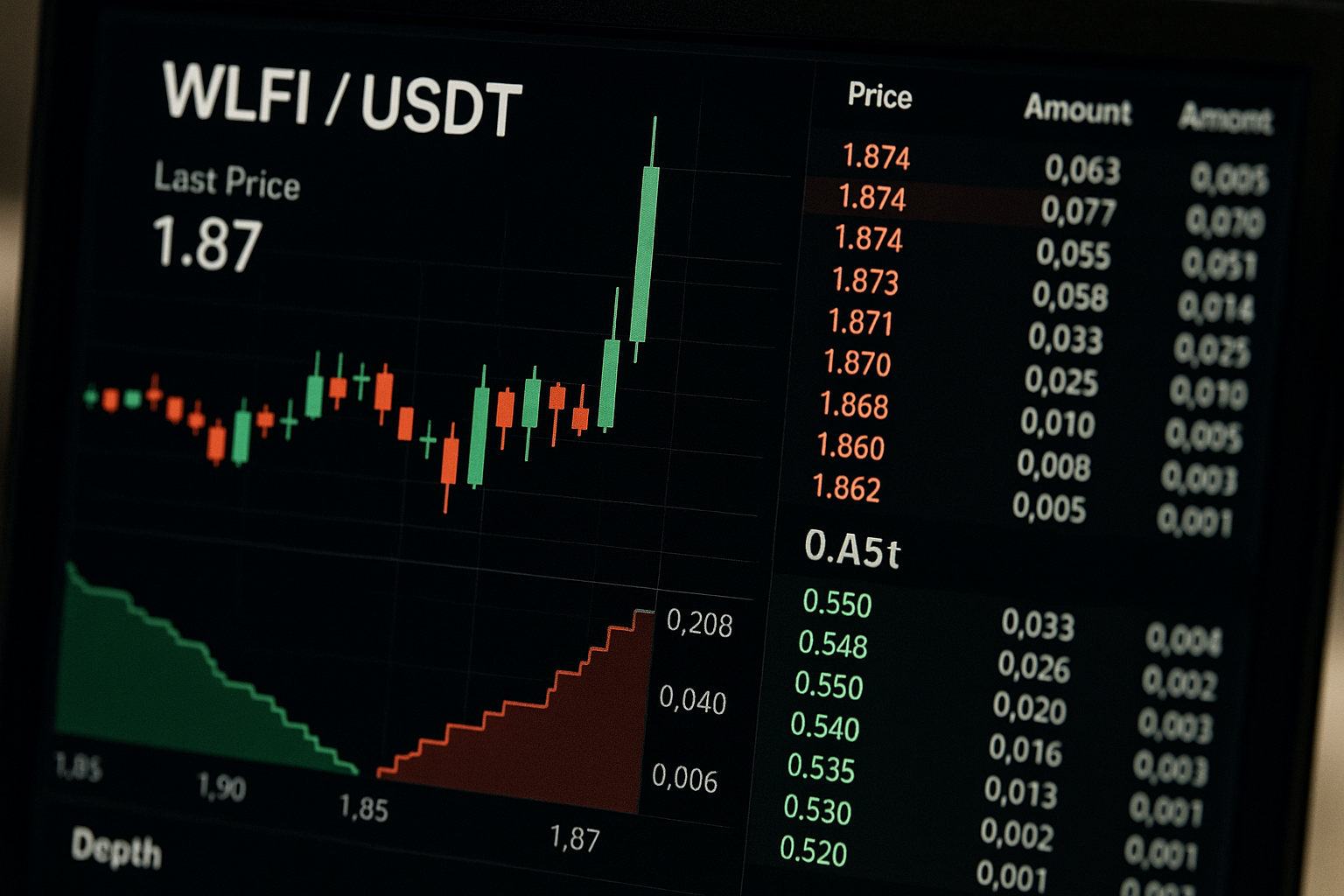Donald Trump’s pro-crypto posture has revived an old debate in markets. Some investors are asking if bitcoin should replace gold as the preferred hedge. Recent analysis argues the choice is not binary. Each asset tends to protect against different shocks and both can earn a place in a diversified portfolio.
Bitwise researcher André Dragosch notes a pattern in past cycles. Gold has usually done best when stocks fall. Bitcoin has held up better when the stress shows up in bond markets and Treasury yields rise. In other words the two hedges respond to different macro risks rather than serving the same purpose.
Year to date performance in 2025 reflects that split. Gold is up a little more than 30 percent while bitcoin is ahead by roughly 15 percent. The gap lines up with a year that has mixed equity volatility and ongoing rate questions. It also shows that bitcoin’s gains do not automatically displace gold’s role as a crisis hedge.
Flows point to demand for both assets. Bitcoin spot ETFs have grown rapidly since early 2024 and their assets are now close to those in gold ETFs. At the same time central banks have been steady buyers of bullion with purchases topping 1,000 metric tons last year. These trends suggest investors are building parallel hedges rather than switching wholesale to one camp.
The practical takeaway is simple. A barbell that holds some gold for equity drawdowns and some bitcoin for rate or currency shocks can cover more scenarios than either asset alone. Position size should reflect risk tolerance and time horizon since bitcoin remains more volatile and policy sensitive than gold.

.svg)



























































































.png)
.png)













.svg)
.svg)
.svg)
.svg)
.svg)
.svg)